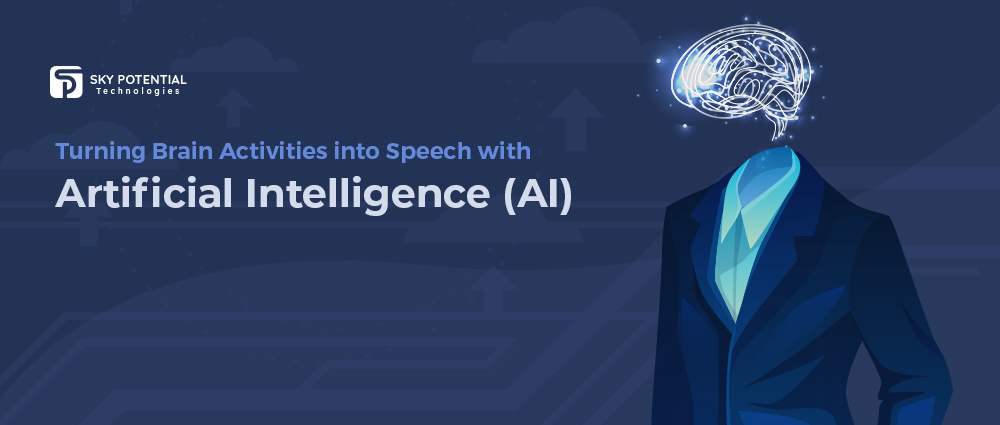- AI

Artificial Intelligence

Smart Products & Services
We follow Smart Products & Services

Intelligent Business Functions & Processes
We follow Intelligent Business Functions & Processes

Robotic Process Automation
We follow Robotic Process Automation

Personalized
healthcareWe follow Personalized healthcare

Identifying at-risk patients
We follow Identifying at-risk patients

Optimized routing and scheduling
We follow Optimized routing and scheduling
- ML

Machine Learning

Predictive
AnalyticsWe follow Predictive Analytics

Service Personalization
We follow Service Personalization

NLP
We follow NLP (Natural Language Processing)

Stock Market Forecasting
We follow Stock Market Forecasting

Fraud Prevention
We follow Fraud Prevention

Recommender engines
We follow Recommender engines
- blockchain
- IOT

Internet of Things
- AR
- Business Solutions

Business Solution

Business Performance Management
We follow Business Performance Management

Decision Making & Big Data Analytics
We follow Decision Making & Big Data Analytics

Enterprise Data Management
We follow Enterprise Data Management
- Apps

Apps

Native Apps
We follow Native Apps

Cross Platform Apps
We follow Cross Platform Apps

Web Apps
We follow Web Apps

Hybrid Apps
We follow Hybrid Apps

Cloud Native Apps
We follow Cloud Native Apps
- Lab

Turning Brain Activities into Speech with Artificial Intelligence (AI)
For some individuals who are incapacitated and helpless to talk, signs of what they’d like to state cover-up in their cerebrums. Nobody has had the capacity to translate those signs specifically. In any case, three research groups as of late gained ground in diverting information from terminals precisely set on the cerebrum into PC created discourse. Utilizing computational models known as neural systems, they remade words and sentences that were, now and again, clear to human audience members.
None of the endeavors, depicted in papers as of late on the preprint server bioRxiv, figured out how to re-make discourse that individuals had just envisioned. Rather, the specialists checked pieces of the cerebrum as individuals either read out loud, quietly mouthed discourse, or tuned in to accounts. Be that as it may, appearing recreated discourse is reasonable is “certainly energizing,” says Stephanie Martin, a neural designer at the University of Geneva in Switzerland who was not associated with the new tasks.
Individuals who have lost the capacity to talk after a stroke or ailment can utilize their eyes or make other little developments to control a cursor or select on-screen letters. (Cosmologist Stephen Hawking strained his cheek to trigger a switch mounted on his glasses.) But on the off chance that a mind PC interface could re-make their discourse specifically, they may recapture substantially more: authority over tone and articulation, for instance, or the capacity to add in a quick moving discussion.
The obstacles are high. “We are endeavoring to work out the example of … neurons that turn on and off at various time focus, and deduce the discourse sound,” says NimaMesgarani, a PC researcher at Columbia University. “The mapping from one to the next isn’t exceptionally clear.” How these signs mean discourse sounds fluctuate from individual to individual, so PC models must be “prepared” on every person. What’s more, the models do best with amazingly exact information, which requires opening the skull.
Scientists can do such intrusive account just in uncommon cases. One is amid the expulsion of a cerebrum tumor when electrical readouts from the uncovered mind help specialists find and dodge key discourse and engine regions. Another is the point at which an individual with epilepsy is embedded with terminals for a few days to pinpoint the beginning of seizures before careful treatment. “We have, at greatest, 20 minutes, perhaps 30,” for information accumulation, Martin says. “We’re extremely constrained.”
The gatherings behind the new papers capitalized on valuable information by nourishing the data into neural systems, which process complex examples by going data through layers of computational “hubs.” The systems learn by changing associations between hubs. In the investigations, systems were presented to accounts of discourse that an individual created or heard and information on synchronous cerebrum movement.
Mesgarani’s group depended on information from five individuals with epilepsy. Their system investigated accounts from the sound-related cortex (which is dynamic amid both discourse and tuning in) as those patients heard chronicles of stories and individuals naming digits from zero to nine. The PC at that point remade spoken numbers from neural information alone; when the PC “talked” the numbers, a gathering of audience members named them with 75% precision.
Another group, driven by PC researcher Tanja Schultz at the University Bremen in Germany, depended on information from six individuals experiencing mind tumor medical procedure. A receiver caught their voices as they read single-syllable words so anyone might hear. In the meantime, terminals recorded from the cerebrum’s discourse arranging zones and engine regions, which send directions to the vocal tract to express words. PC researchers Miguel Angrick and Christian Herff, presently with Maastricht University, prepared a system that mapped anode readouts to the sound accounts, and after that reproduced words from already inconspicuous cerebrum information. As indicated by a modernized scoring framework, about 40% of the PC created words were reasonable. Artificial intelligence development services should be crafted as per the needs that can actually resolve the concerns and turning the activities with speech conveniently.
At long last, neurosurgeon Edward Chang and his group at the University of California, San Francisco, reproduced whole sentences from mind movement caught from discourse and engine territories while three epilepsy patients read so anyone might hear. In an online test, 166 individuals heard one of the sentences and needed to choose it from among 10 composed decisions. A few sentences were accurately recognized over 80% of the time. The analysts likewise pushed the model further: They utilized it to re-make sentences from information recorded while individuals quietly mouthed words. That is an imperative outcome, Herff says—”one bit nearer to the discourse prosthesis that we as a whole have as a primary concern.”
Notwithstanding, “What we’re truly hanging tight for is the means by which [these methods] will do when the patients can’t talk,” says Stephanie Riès, a neuroscientist at San Diego State University in California who contemplates language creation. The mind signals when an individual quietly “talks” or “hear” their voice in their mind aren’t indistinguishable to signs of discourse or hearing. Without an outside sound to match to mind action, it might be hard for a PC even to deal with where inward discourse begins and finishes.
Interpreting envisioned discourse will require “a gigantic hop,” says GerwinSchalk, a neuro-engineer at the National Center for Adaptive Neurotechnologies at the New York State Department of Health in Albany. “It’s extremely hazy how to do that by any means.”
One methodology, Herff says, may be to offer input to the client of the cerebrum PC interface: If they can hear the PC’s discourse translation continuously, they might probably modify their musings to get the outcome they need. With enough preparing of the two clients and neural systems, cerebrum and PC may compromise.



















































Leave a Reply